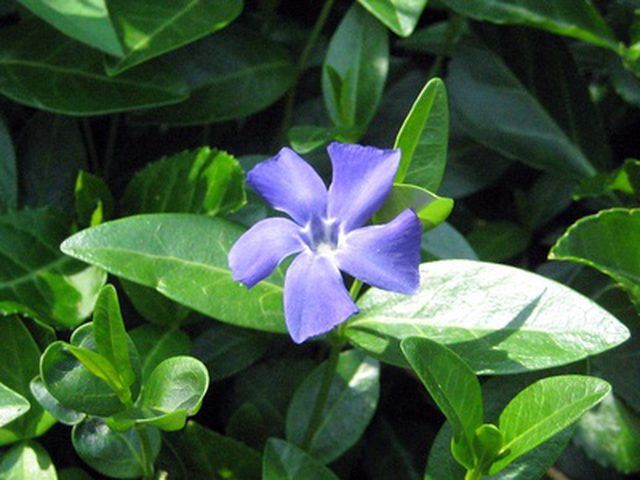Bulbs
Flower Basics
Flower Beds & Specialty Gardens
Flower Garden
Garden Furniture
Garden Gnomes
Garden Seeds
Garden Sheds
Garden Statues
Garden Tools & Supplies
Gardening Basics
Green & Organic
Groundcovers & Vines
Growing Annuals
Growing Basil
Growing Beans
Growing Berries
Growing Blueberries
Growing Cactus
Growing Corn
Growing Cotton
Growing Edibles
Growing Flowers
Growing Garlic
Growing Grapes
Growing Grass
Growing Herbs
Growing Jasmine
Growing Mint
Growing Mushrooms
Orchids
Growing Peanuts
Growing Perennials
Growing Plants
Growing Rosemary
Growing Roses
Growing Strawberries
Growing Sunflowers
Growing Thyme
Growing Tomatoes
Growing Tulips
Growing Vegetables
Herb Basics
Herb Garden
Indoor Growing
Landscaping Basics
Landscaping Patios
Landscaping Plants
Landscaping Shrubs
Landscaping Trees
Landscaping Walks & Pathways
Lawn Basics
Lawn Maintenance
Lawn Mowers
Lawn Ornaments
Lawn Planting
Lawn Tools
Outdoor Growing
Overall Landscape Planning
Pests, Weeds & Problems
Plant Basics
Rock Garden
Rose Garden
Shrubs
Soil
Specialty Gardens
Trees
Vegetable Garden
Yard Maintenance
Vinca Minor Vs. Vinca Major
Vinca Minor Vs. Vinca Major. Vinca minor (common perriwinkle) and Vinca major (bigleaf perriwinkle) are evergreen plants belonging to the Apocynaceae or dogbane family. They grow across the United States and are poisonous, potentially invasive and have cultivars.

Vinca minor (common perriwinkle) and Vinca major (bigleaf perriwinkle) are evergreen plants belonging to the Apocynaceae or dogbane family. They grow across the United States and are poisonous, potentially invasive and have cultivars.
Flowers
Vinca major flowers have five petals, are light blue-violet and grow 2 inches across, and singly on the end of the stems. They bloom during May and June.
Vinca minor flowers are also blue-violet and grow singly, but are 0.5 inches across and grow at leaf axils. They bloom in late March through early April and in May and June.
Leaves
Vinca major leaves are heart to oval shaped, shiny and dark green, and grow 2 to 3 inches long. They grow alternately, opposite each other on the stem.
Vinca minor leaves are also shiny, dark green and oval-shaped and grow alternately on the stem.
Roots
Both Vinca minor and Vinca major root from their stems at nodes. Vinca major stems droop to root, while Vinca minor stems trail.
Growth and Size
Vinca major stems grow 8 to 18 inches tall, while Vinca minor stems grow 4 to 6 inches tall.
Both Vinca major and Vinca minor are non-climbing plants that grow in mats.
Habitat
Vinca major and Vinca minor prefer moist and well-drained soil, and partial shade to shade.